Original art for sale
Shop original and limited edition art, directly from artists around the world.
Clear all 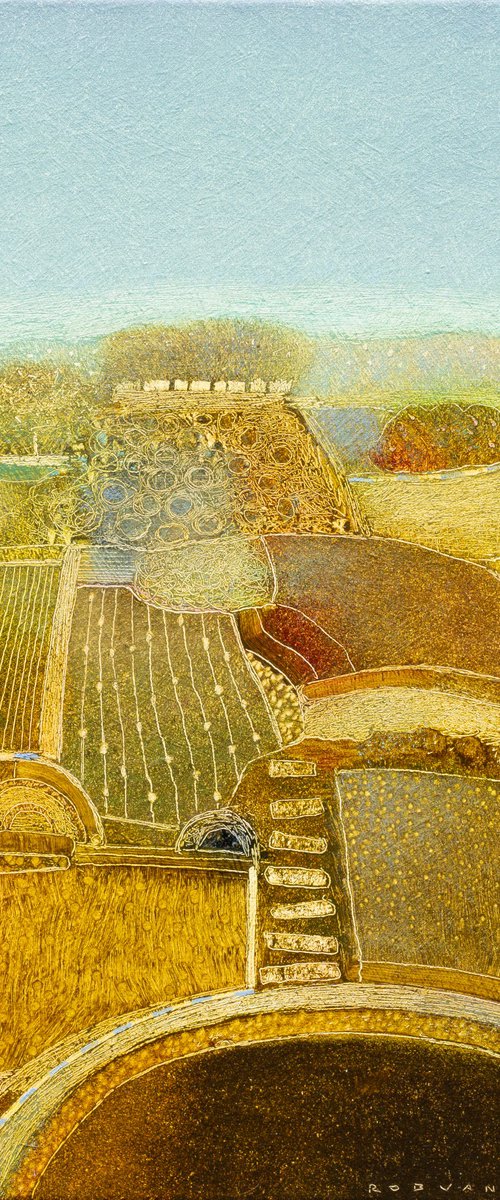
Rob van Hoek
Oil painting
54 x 54cm
£855
Rashna Hackett
Acrylic painting
136 x 92cm
Now £576
£720(-20%)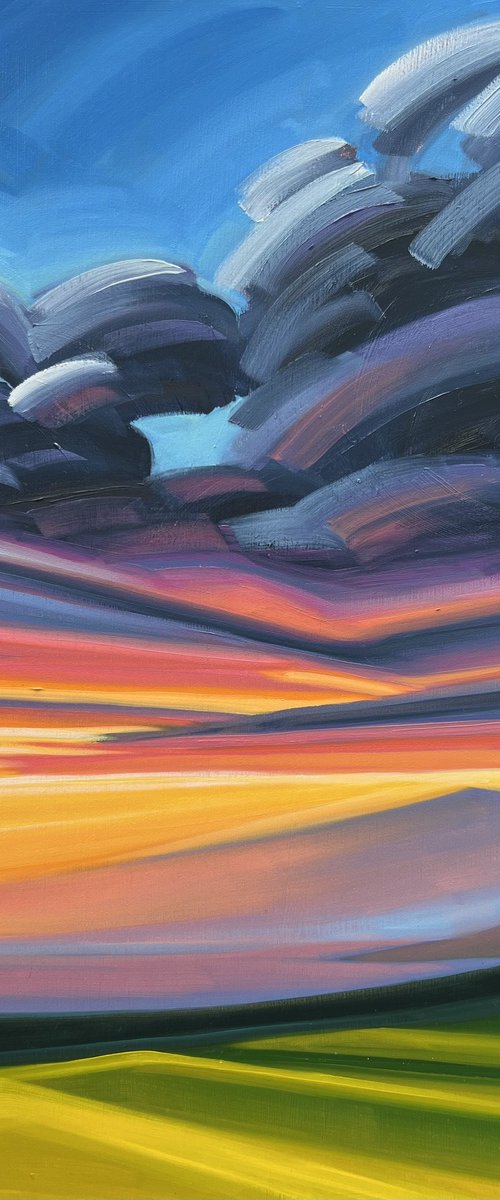
Grant Pecoff
Oil painting
30 x 41cm
£1179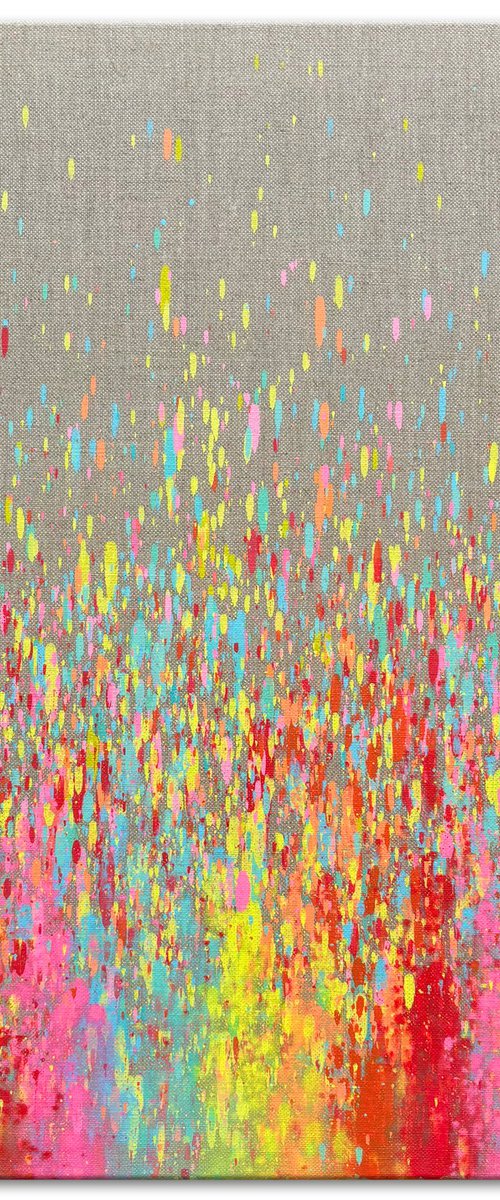
Cheba
Acrylic painting
50 x 60cm
£700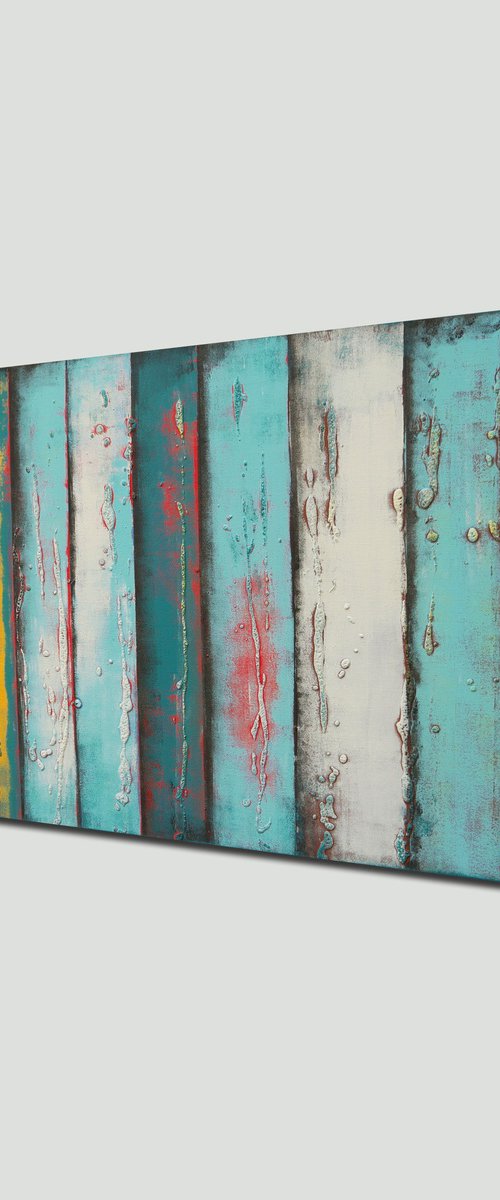
Ronald Hunter
Acrylic painting
140 x 70cm
Now £733
£863(-15%)
iZZY iZVNE
Mixed-media painting
130 x 100cm
£1036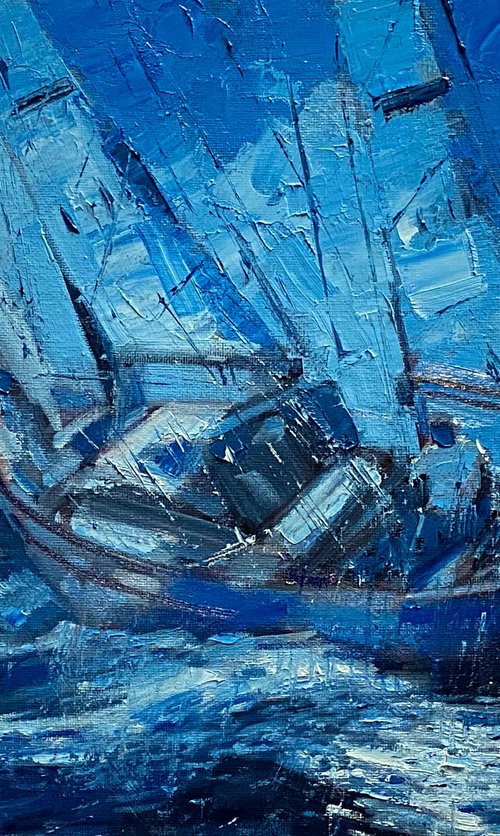
Paul Cheng
Oil painting
41 x 30cm
£663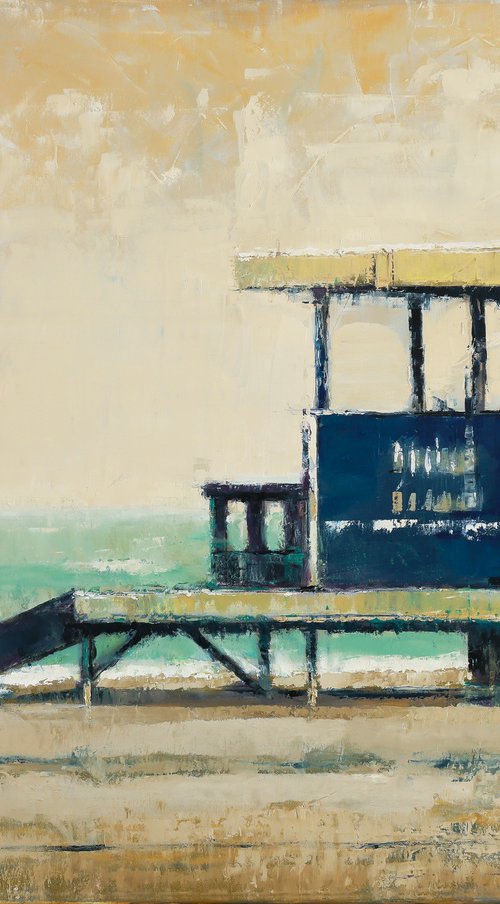
Bo Kravchenko
Oil painting
102 x 76cm
£1028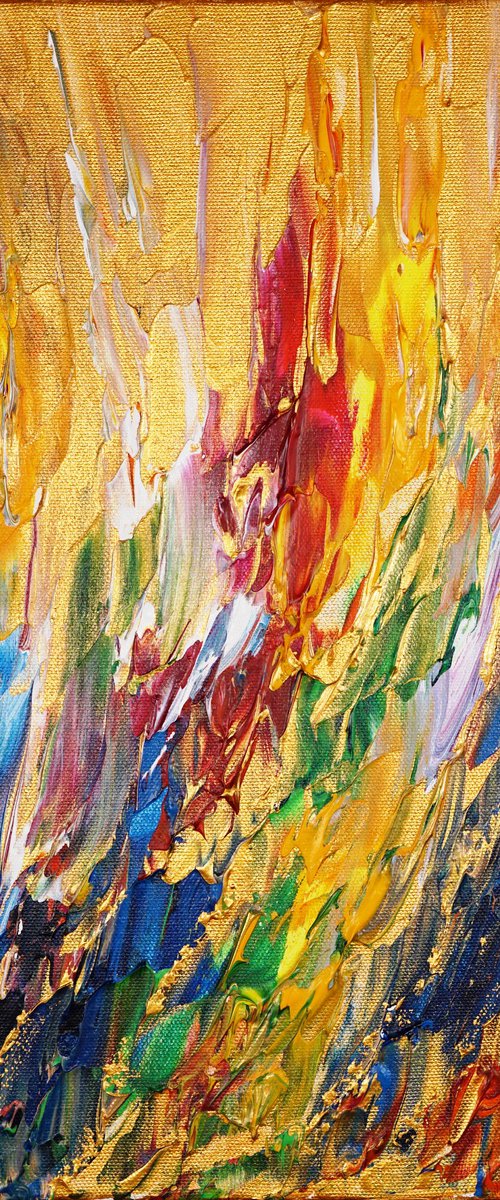
Peter Nottrott
Acrylic painting
40 x 40cm
£467
Rory Mitchell
Oil painting
30 x 30cm
£553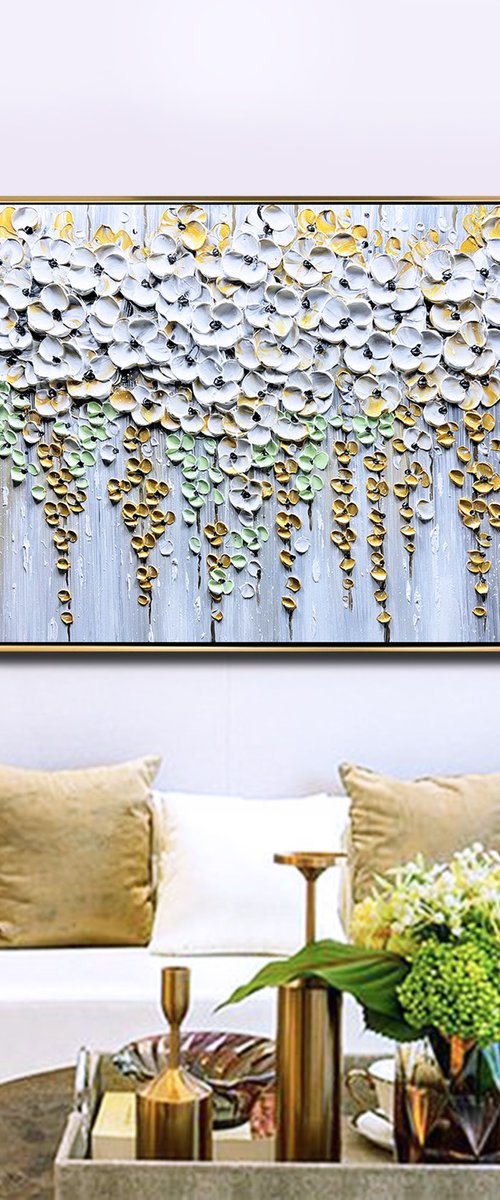
Lana Guise
Acrylic painting
104 x 64cm
Now £609
£717(-15%)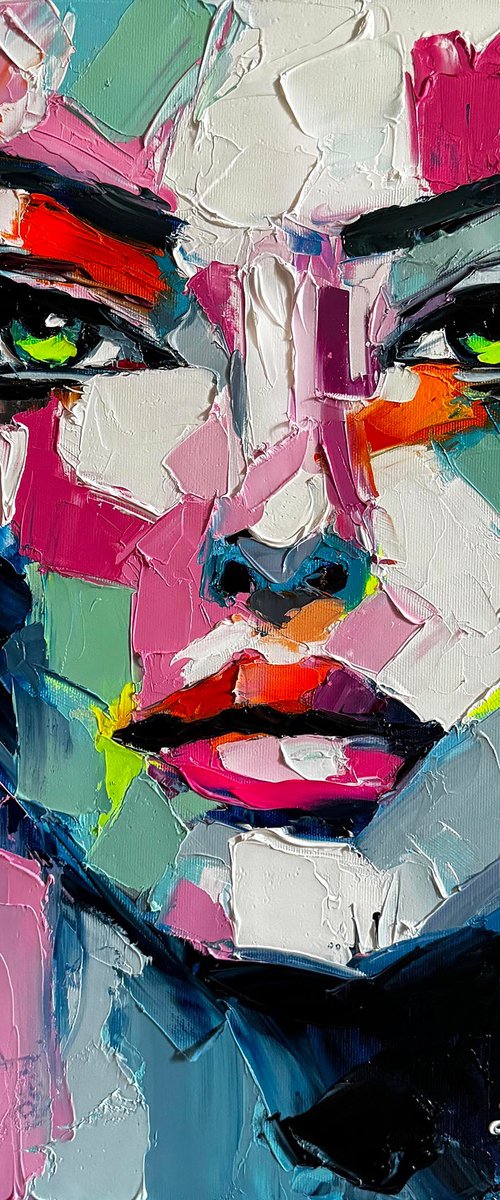
Lana Frey
Oil painting
50 x 50cm
£1036